History of the MCU Part Nine
After the groundbreaking success of Black Panther, Marvel officials faced a challenging problem.
The next film on the release schedule, Avengers: Infinity War, would kill off many superheroes, including a few from Wakanda.
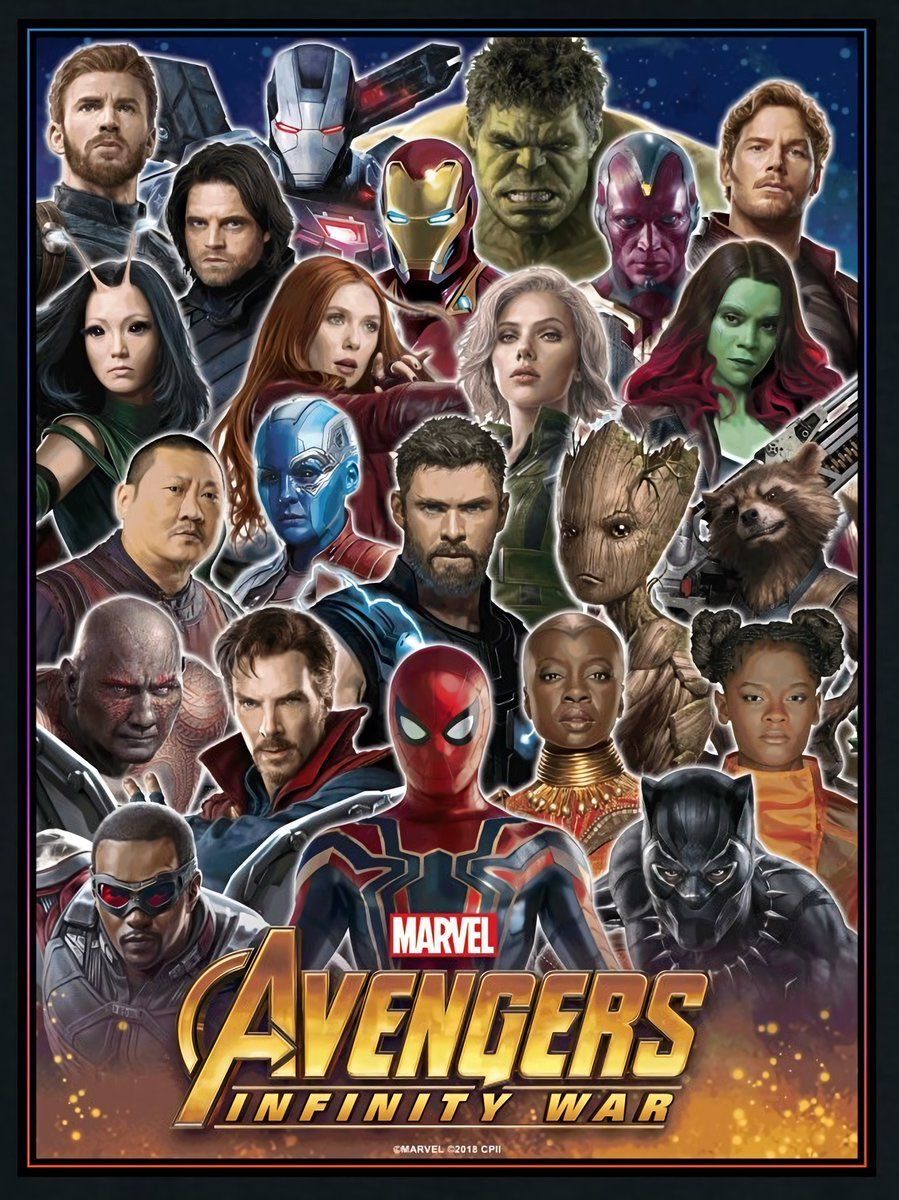
After everyone died, Marvel intended to release two more movies before Avengers: Endgame’s arrival.
The studio had to walk a tightrope to pull all the pieces together for a satisfying denouement to the first 22 movies of the MCU.
In the latest edition of History of the MCU, we’ll evaluate Infinity War and the two films that faced the impossible task of following it.

Photo by Matt Baron/REX/Shutterstock
Everyone Hates Thanos
Thanos technically appeared for the first time in 2012’s The Avengers. Josh Brolin wouldn’t portray him until later, but that film set the table.
Joss Whedon announced that the current group of Avengers and all who came after them would inevitably face off against Thanos.
Over the years, Marvel revealed that it had planned for this encounter since the beginning.

Photo: Marvel.
Captain America and Thor both encountered Infinity Stones during their adventures. Audiences thereby knew the danger presented by these artifacts.
With Avengers: Infinity War, the MCU expanded in an unprecedented way. Marvel executives considered more than 60 existing characters for this movie.
The movie’s cast shots took up multiple pages in magazine spreads due to the sheer number of participating actors.
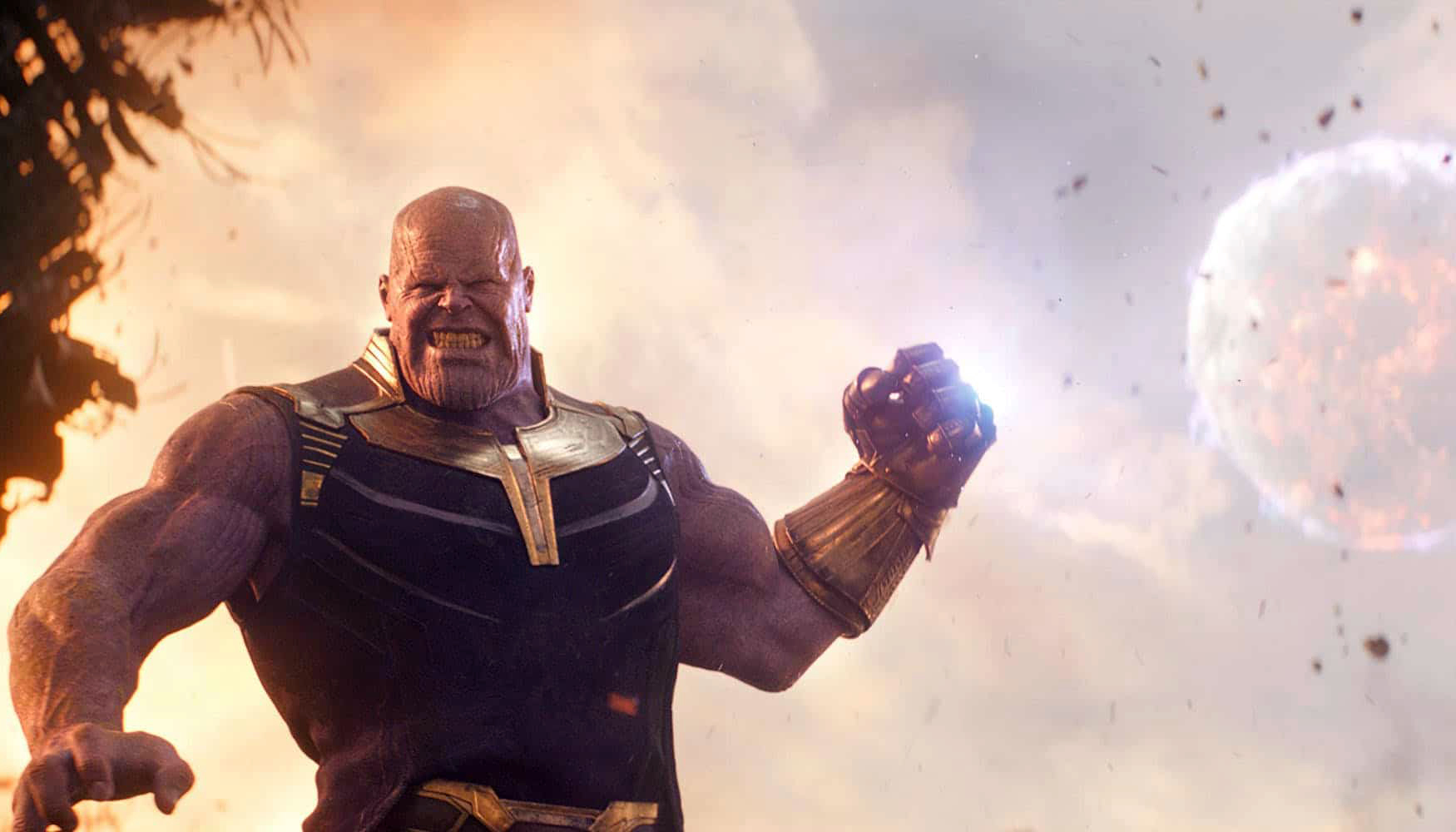
Photo: Disney/Marvel
Disney sold this film as the ultimate showdown between an intergalactic menace and Earth’s Mightiest Heroes.
What nobody expected was that Thanos would win.
Audiences gasped at the end of Infinity War, as Thanos snapped his figures and thereby wiped out half of all life.
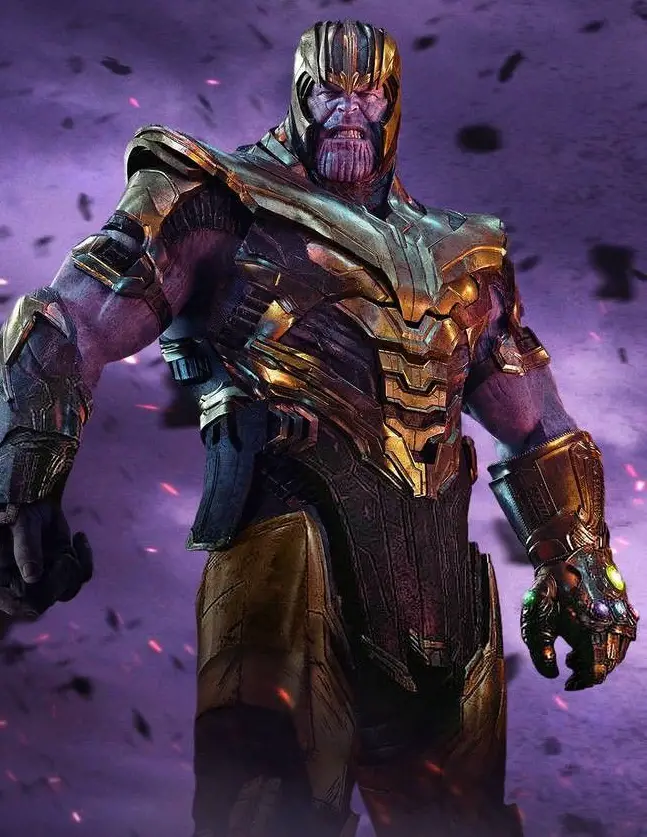
Captain Marvel, whom we’ll discuss in a bit, later confirmed that she’d seen the same impact in other galaxies.
In this movie, The Avengers lost, and trillions if not quadrillions died because of it.
Despite the grim outcome, audiences lapped up the Infinity War. They’d anticipated this battle for years now, and it did not disappoint.
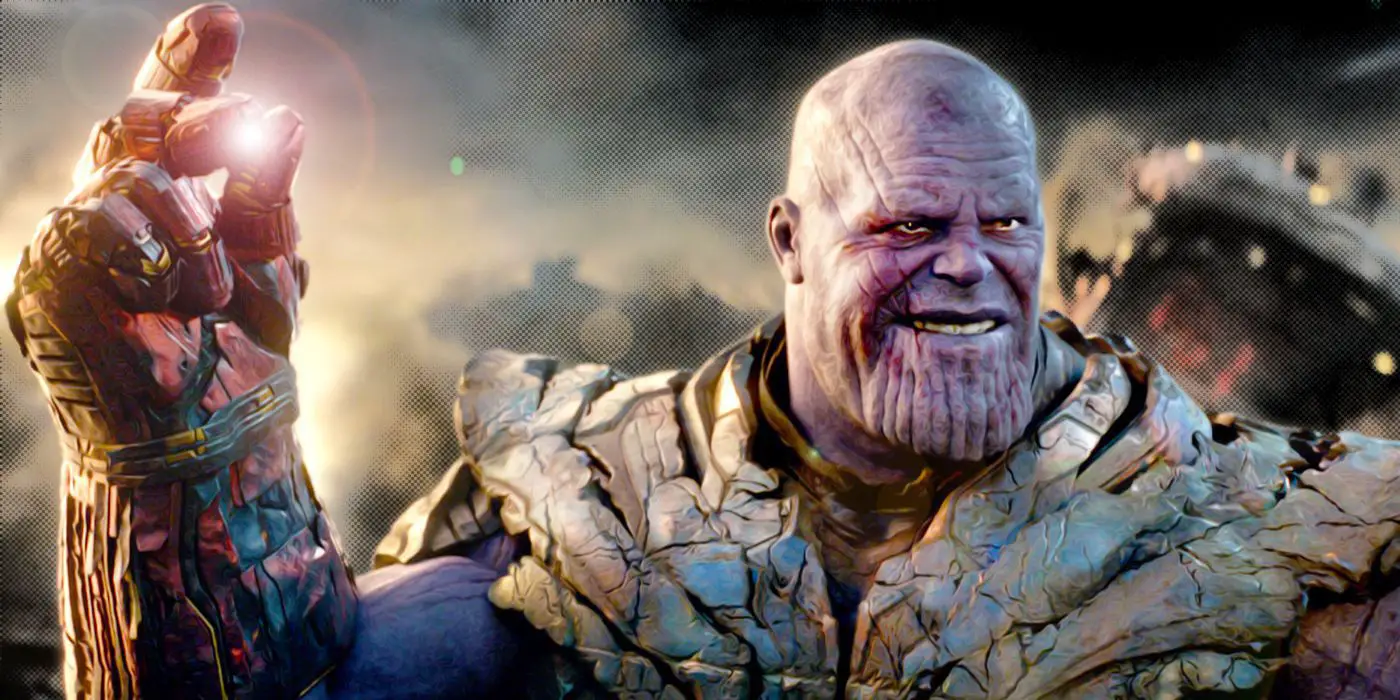
Photo: Screenrant.com
I’ll talk about some elements in greater detail during the Endgame discussion, but let’s focus on the obvious.
Setting Up Infinity War Part Two
Marvel killed off some of its most popular characters. It also dusted Black Panther, with whom audiences had just fallen in love a few months earlier.
Back in 1980, The Empire Strikes Back received much acclaim for its dark ending.
Compared to Infinity War’s climax, that one looks like a Will Ferrell comedy.

Photo: Esquire
In horror movies, everyone dies except for the final girl. In Infinity War, there’s no final girl, just a bunch of dust.
I exaggerate, …but only slightly. Half the MCU vanishes right in front of us, with Spider-Man and Groot dying far too young.
The setup for Avengers: Endgame is savage, and it asks

Photo: Marvel Studios
a lot of patience from viewers. After all, the sequel wouldn’t arrive for 364 days.
Hey, Star Wars fans had to wait three years…and all they got for it was a bunch of goofy Ewoks.
All Star Wars bashing aside, Infinity War redefined expectations for MCU movies.
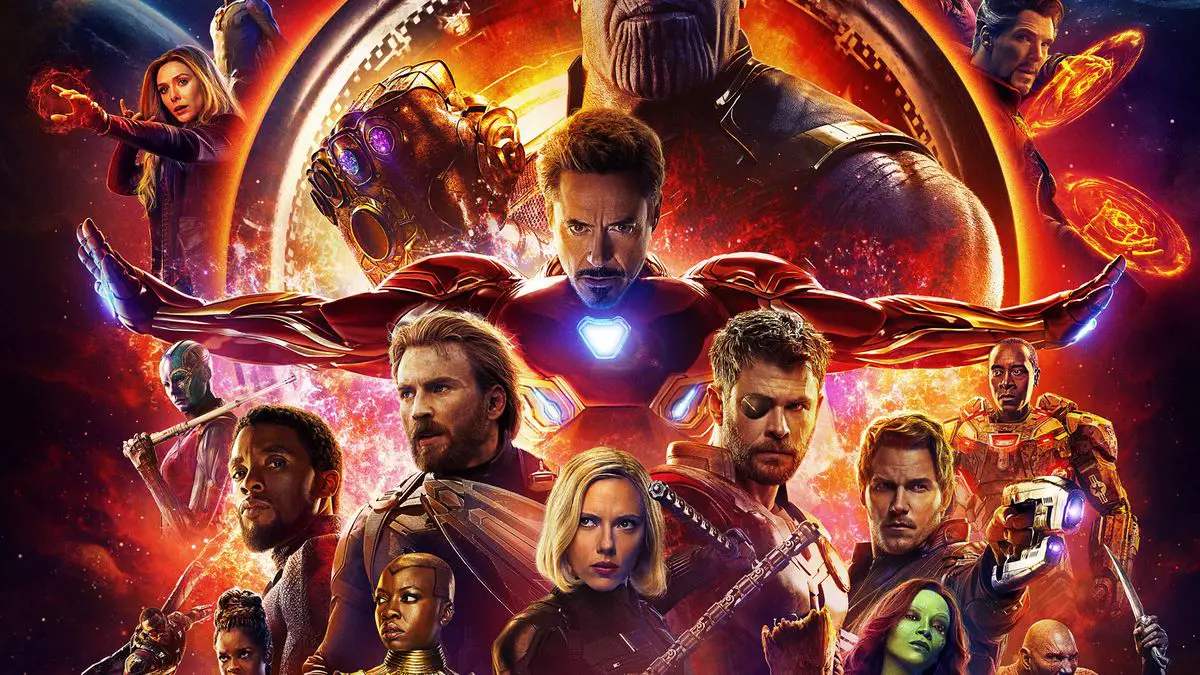
The film broke the prestigious $2 billion box office barrier, something only three other titles had done before.
Audiences gave the movie an A Cinemascore, while critics at Rotten Tomatoes scored it at a stellar 85 percent.
Even now, the movie claims an IMDb score of 8.4, which is the same grade that Raiders of the Lost Ark and Casablanca have.
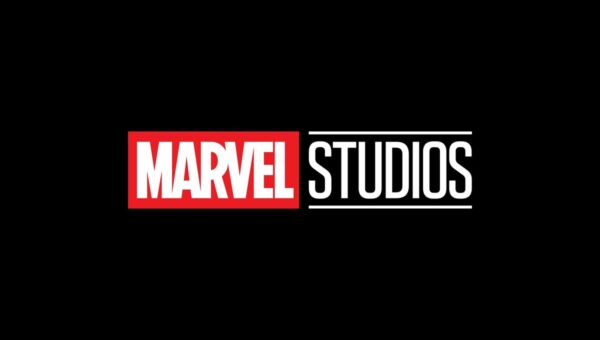
Marvel spent the body of a decade building to an Infinity War. Once they got to that moment, they didn’t miss their shot.
Of course, this created a secondary problem. Something had to follow the grim finish of Thanos’ snap.
That distinction fell to an unlikely superhero…
Ant-Man to the Rescue!
When Edgar Wright planned Ant-Man, he innately recognized something that Marvel doesn’t want to admit.

Photo: The New York Times
The character is a joke, a “superhero” with the powers of an ant, …and the ability to communicate with ants.
Say what you will about Squirrel Girl, at least squirrels are cute. People like ants so much that ant trap sales are demonstrably recession-proof.
However, Marvel can be stubborn, and I mean that in a good way. Ant-Man claims that rare title of a former leader of The Avengers.
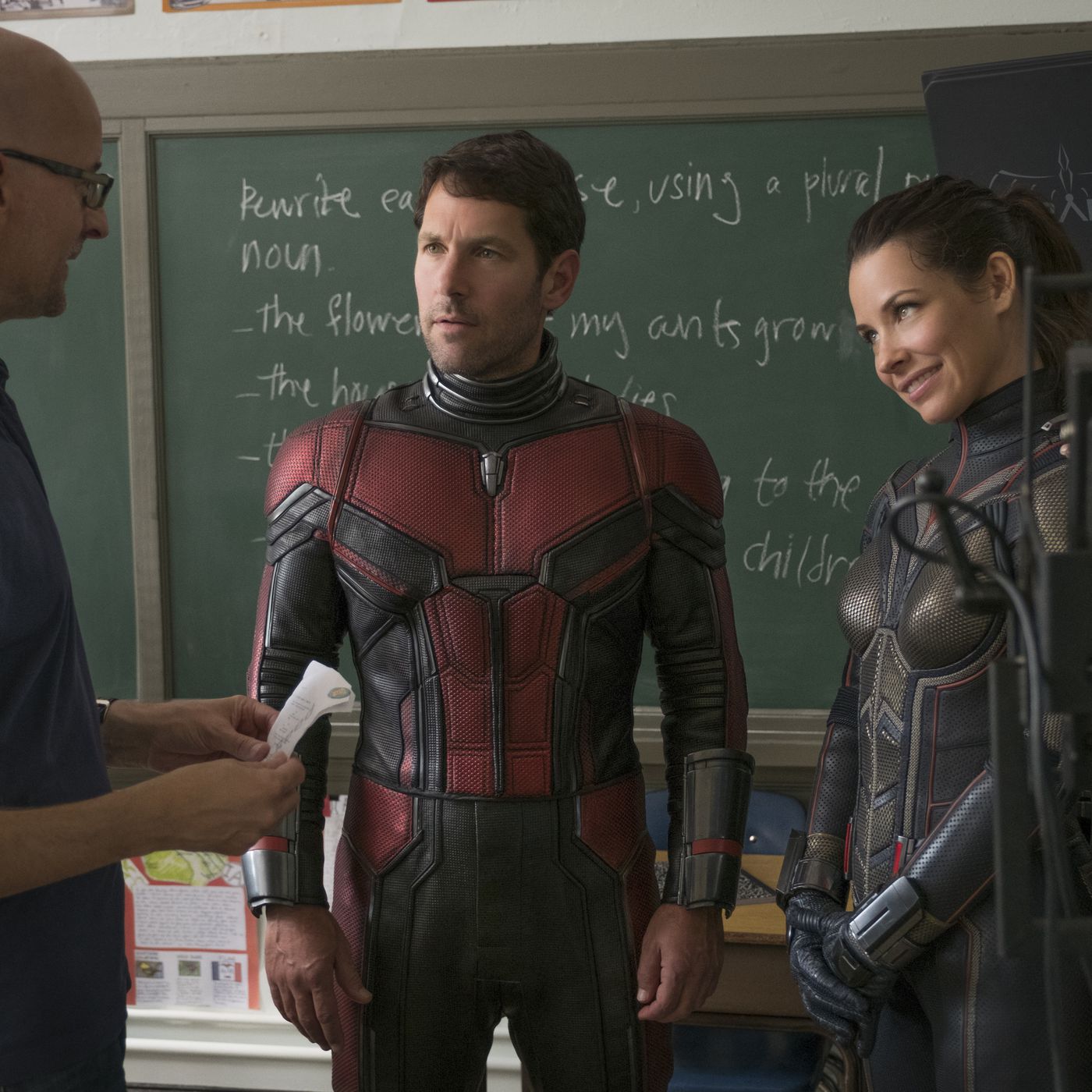
Photo: The Verge
So, an Ant-Man movie matters, which explains why Wright dropped out, and Peyton Reed jumped in.
After all, Reed has directed Bring It On, Down with Love, and Yes Man. He understands comedy, and there’s nothing funnier than taking Ant-Man seriously.
While I’m having fun at Ant-Man’s expense, the first film did remarkably well, all things considered. It earned over $500 million worldwide.
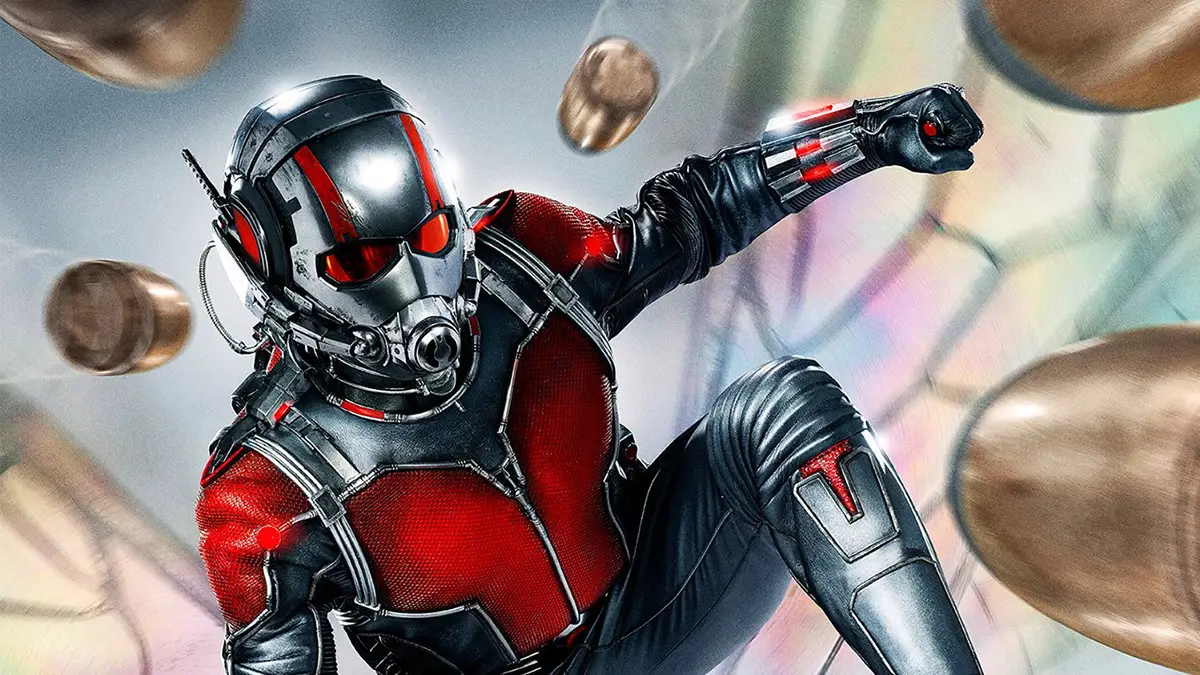
Den of Geek
Also, people love Paul Rudd enough that he became a viable if ridiculous member of the MCU, even making an impact in Captain America: Civil War.
The Sacrificial Ant
Marvel committed to an Ant-Man sequel, but nobody was delusional about this. The character filled an essential void in the MCU.
Some film had to be the sacrificial lamb that followed Avengers: Infinity War, and Ant-Man won the no-prize.
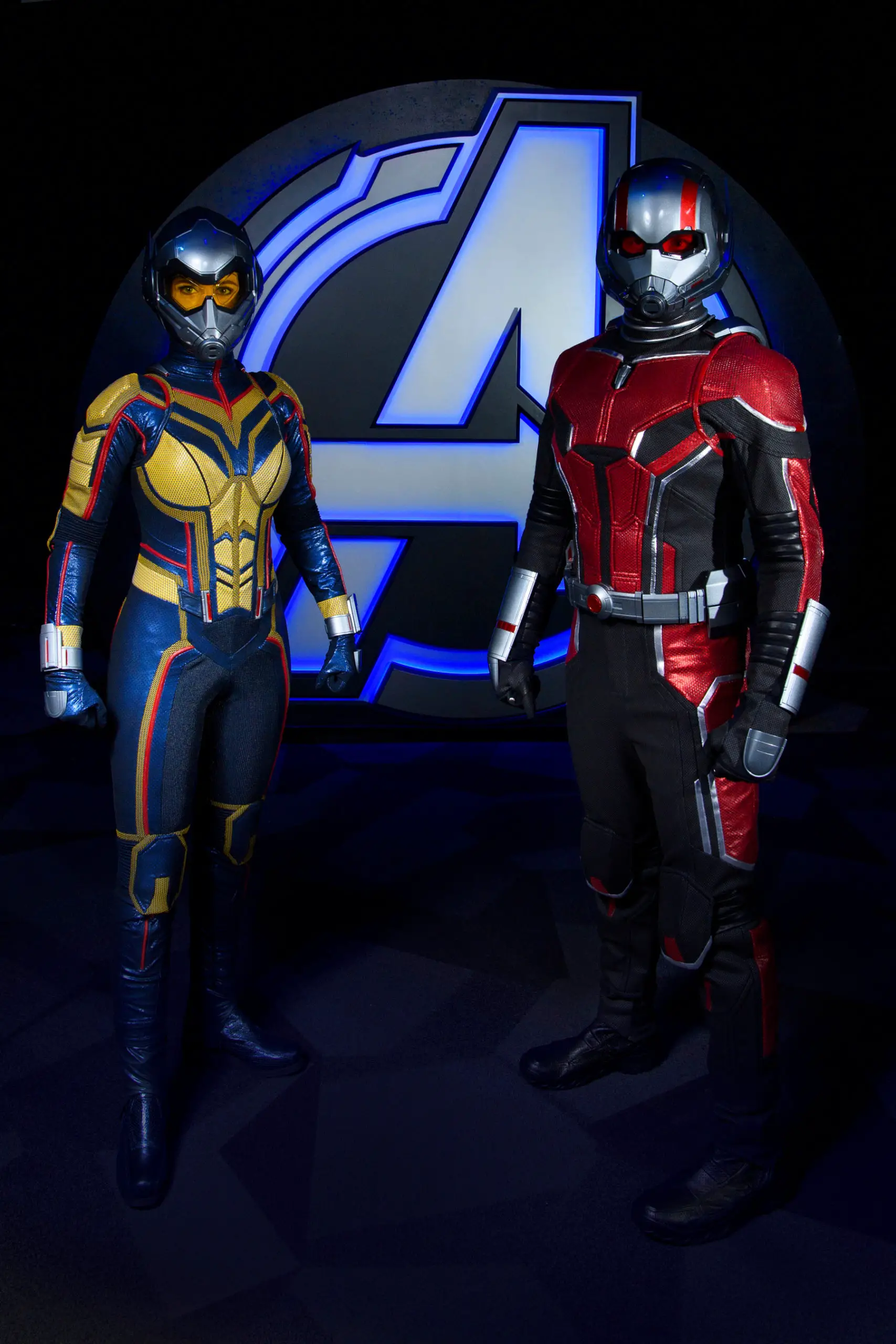
Photo: Joshua Sudock/Disneyland Resort
Reed, Rudd, and the Marvel team weren’t sacrificing Ant-Man to the box office deities, though. Instead, they stacked the deck.
In the comics, the Wasp and Ant-Man have had a tumultuous relationship. One of their storylines – I kid you not – involves spousal abuse.
However, the Wasp is a delightful character and one of the most revered female figures in comics.
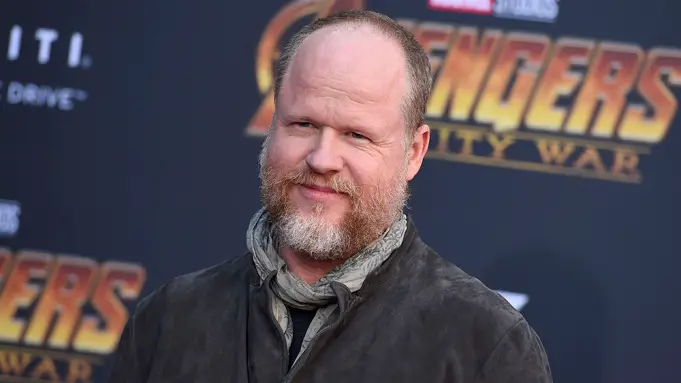
Photo by Jordan Strauss/Invision/AP/REX/Shutterstock
Marvel chose to follow Infinity War with a romantic action comedy, a sort of Mr. and Mrs. Smith with superpowers.
Given the climactic events of Infinity War, Marvel decided that a light-hearted film would work best. And the studio was right yet again.
Despite its ridiculous lead character being even goofier in this movie, Ant-Man and the Wasp delighted audiences.
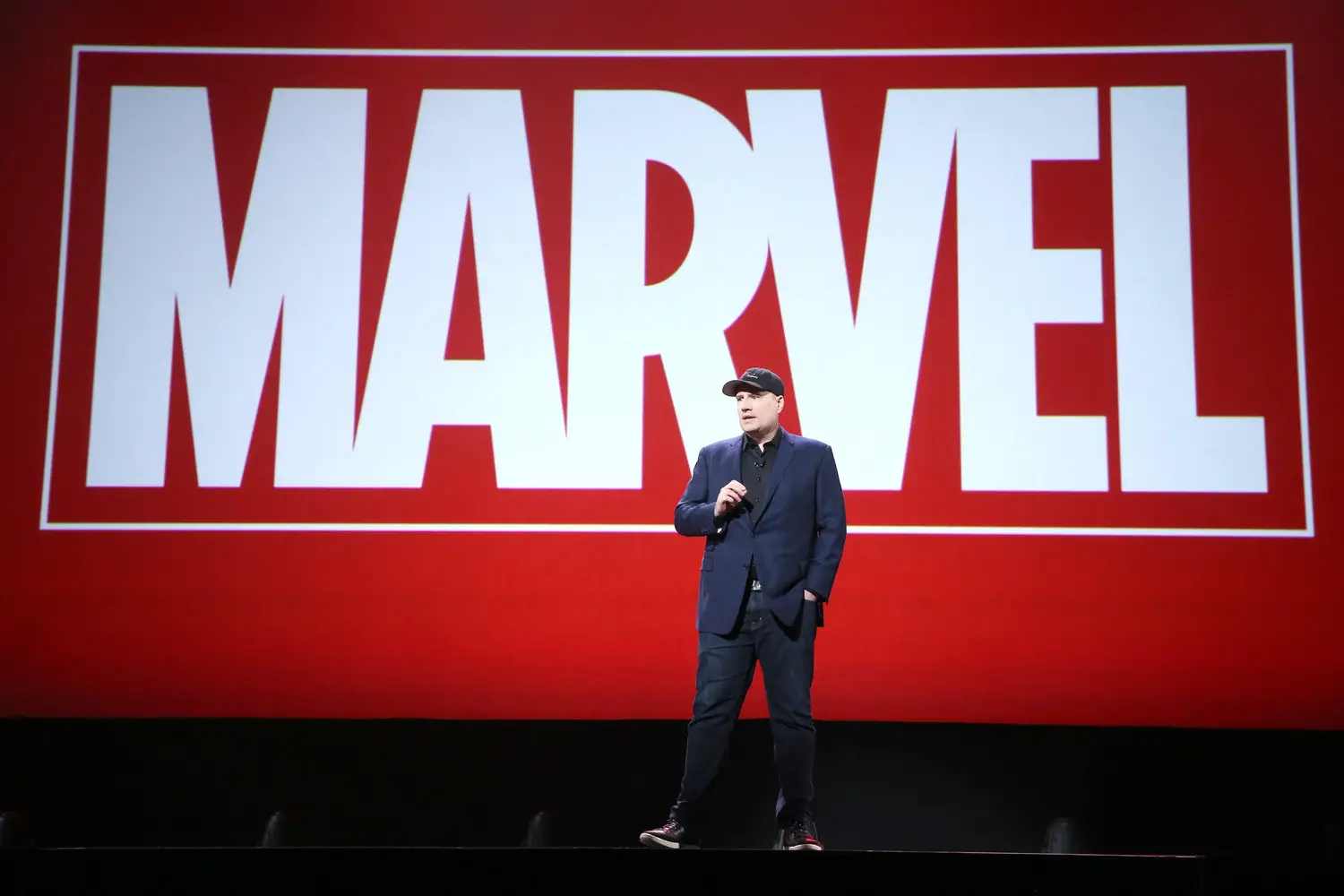
Photo: Jesse Grant/Getty Images for Disney
The movie earned $100 million more, and its Rotten Tomatoes score of 88 percent indicates that even critics found it entertaining.
More importantly, the second Ant-Man movie worked as a palate cleanser in the aftermath of Thanos’ snap.
Marvel also deserves credit for introducing the time travel solution for Avengers: Endgame during this film, especially in the end credits.
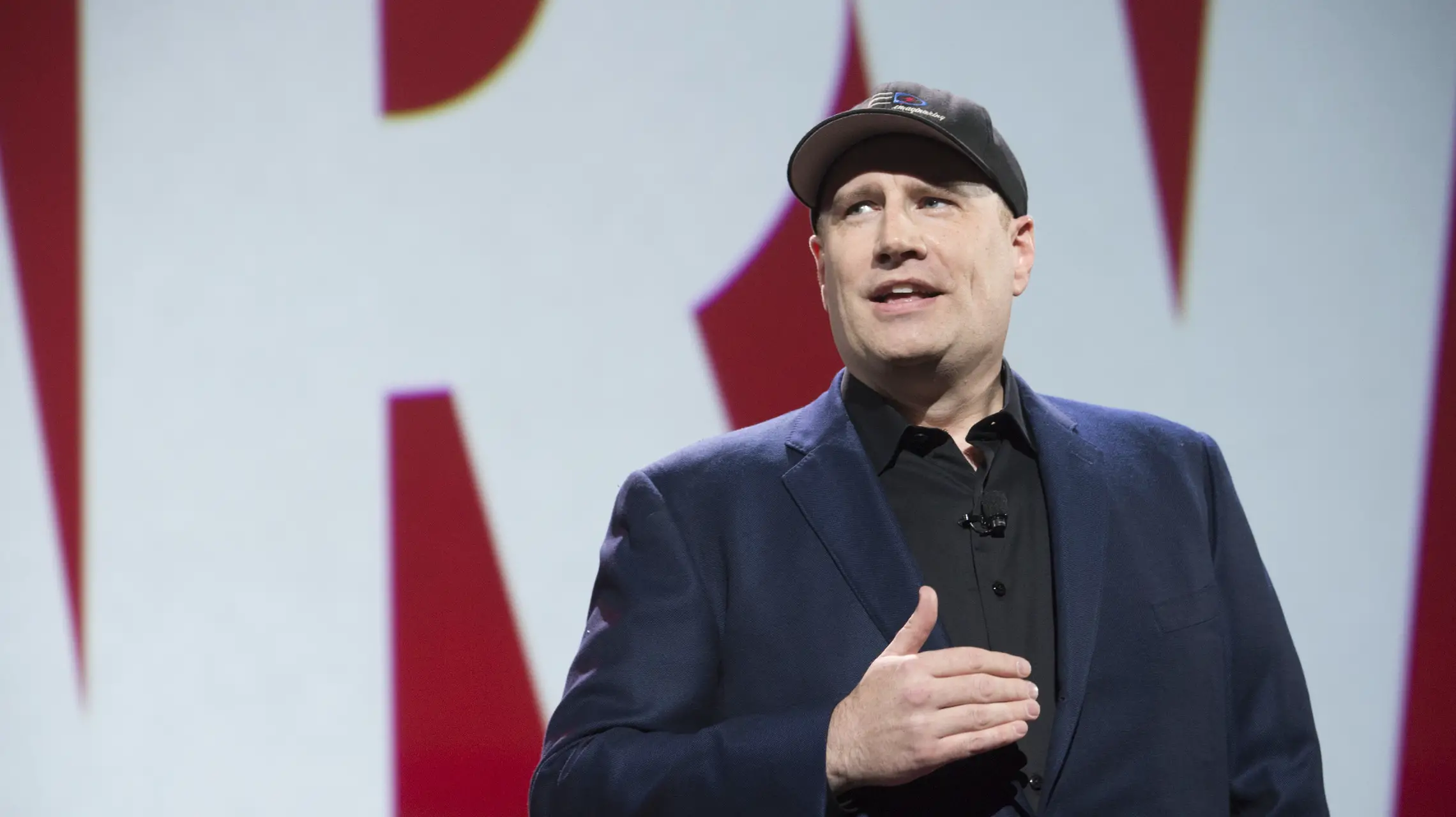
Photo: Disney/Image Group LA via Getty Images
We even got Michelle Pfeiffer in the MCU to boot!
The MCU Finally Remembers the Opposite Sex
Speaking of Pfeiffer, she co-starred as Catwoman in 1992’s Batman Returns. At the time, fans begged for her to receive a spinoff film.
For no apparent reason, DC Comics and Warner Bros. sat on the idea for more than a decade before producing that cinematic abomination starring Halle Berry.
Movie studios have a long history of screwing up features with strong female leads. The MCU had proved guilty of this mistake, too.
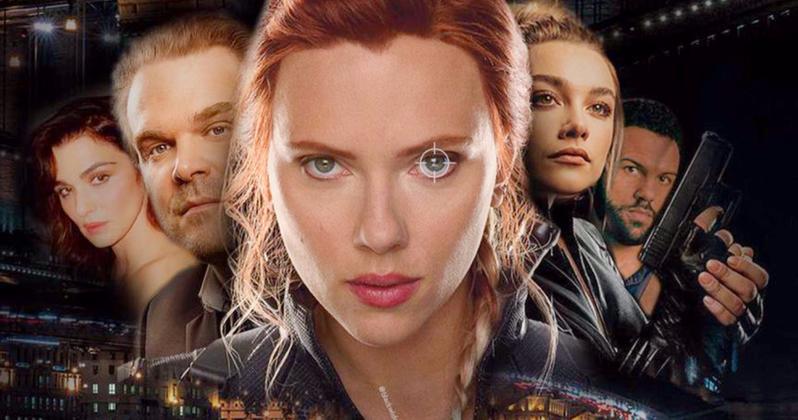
Photo: TVOvermind.com
Fans clamored for a Black Widow standalone movie since Iron Man 2 arrived in 2010. We’ve had to wait a decade for that wish to come true.
While the MCU has created many strong female characters, none of them ever got to star in a project.
In fact, the Wasp is technically the first to get her name in a movie’s title.
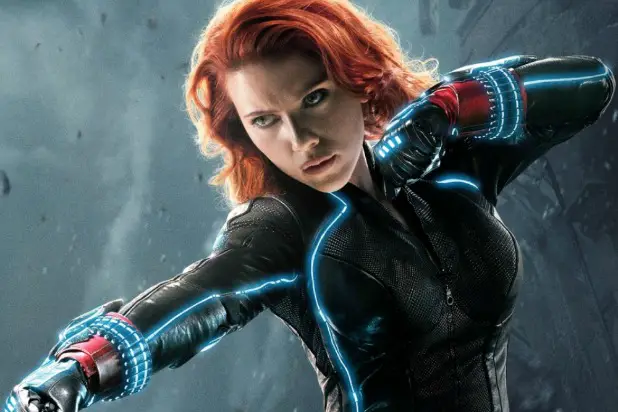
I’ve always wondered whether that irritated Gwyneth Paltrow, Scarlett Johansson, and Zoe Saldana…but that’s beside the point.
Disney has long pushed for more diversity with its films. Marvel finally took the hint with its 2019 release.
Carol Danvers is someone else who has led The Avengers, and she’s also possessed so much power at one point that Marvel had to nerf her.
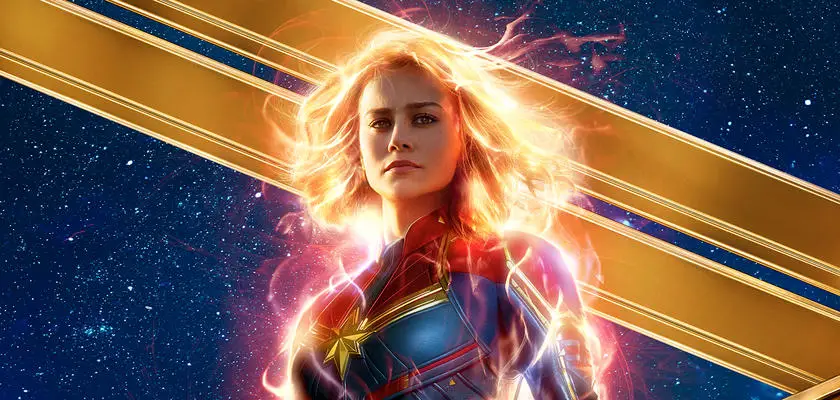
The character seemed like the perfect one to anchor Marvel’s first female-led release, and it didn’t hurt that her name is Captain Marvel.
The Most Powerful Avenger
When Marvel announced this project, a vocal but statistically insignificant number of people expressed outrage, just as had happened with the Ghostbusters remake.
For whatever reason, some folks can’t stand the thought of women in lead roles in major motion pictures. It’s weird, but the controversy somehow helped.
Disney didn’t have to promote Captain Marvel, as its name trended across the internet for months.
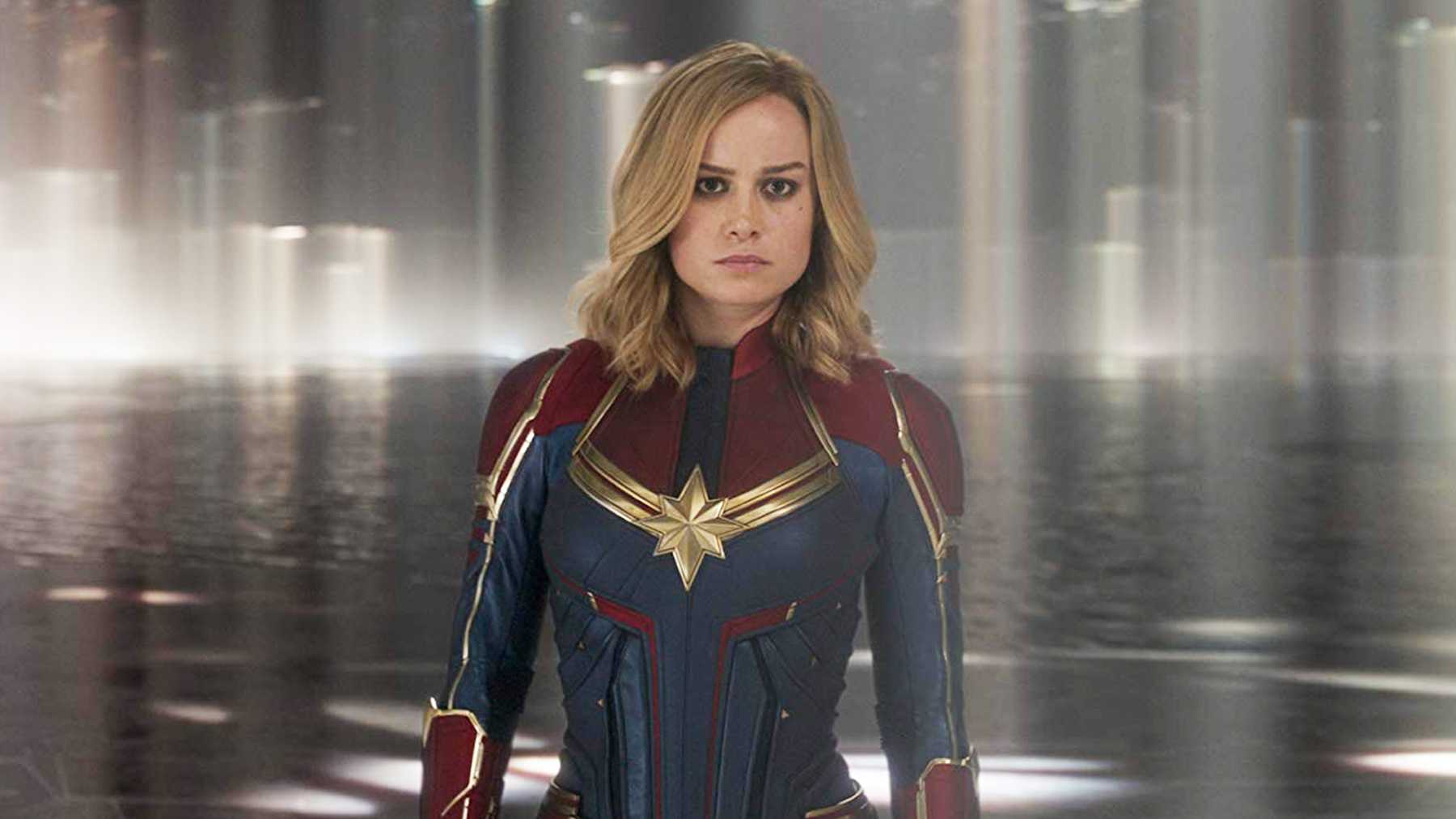
Fans were excited to learn which version of Danvers would take on the role of Captain Marvel.
Meanwhile, opponents developed an unhealthy obsession with the project.
Marvel nailed the casting, as Brie Larson had recently won an Academy Award for her work in Room.

When Larson entered the MCU, she instantly became the most significant female character due to her debut as a standalone character.
Think of the situation this way. Here’s the list of Marvel characters who have starred in their own movies to date:
- Iron Man
- Captain America
- Thor
- Ant-Man
- Strange
- Captain Marvel
I could arguably include Spider-Man and Hulk, but they have movies that came before the MCU.
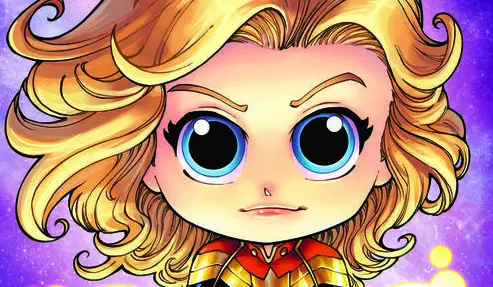
Photo: Marvel
Long story short, Danvers broke up the Marvel boys’ club.
Critics argued that a woman could never carry a superhero action movie, an argument that Disney/Marvel may have believed.
Otherwise, we would have seen such a film several years earlier. But we didn’t.
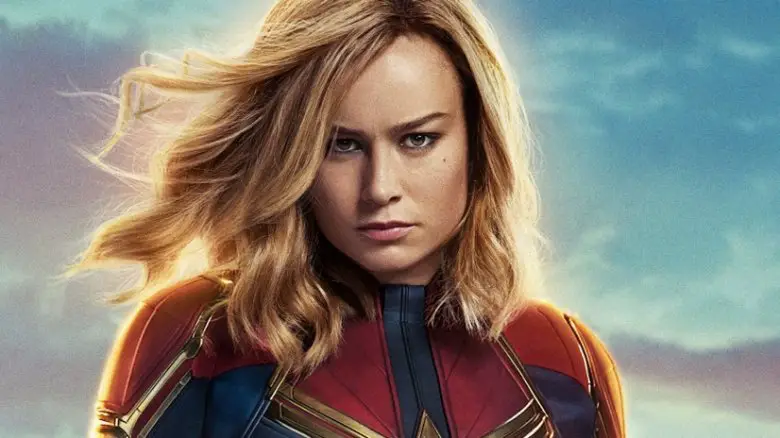
Photo: Marvel
So, the onus fell to Captain Marvel to prove everyone wrong. Boy, did she ever.
The Captain Leads to Endgame
Captain Marvel represented more than just a female empowerment exercise. The film also served a purpose.
By the end of Infinity War, Thanos had grown too powerful by assembling all the Infinity Stones.
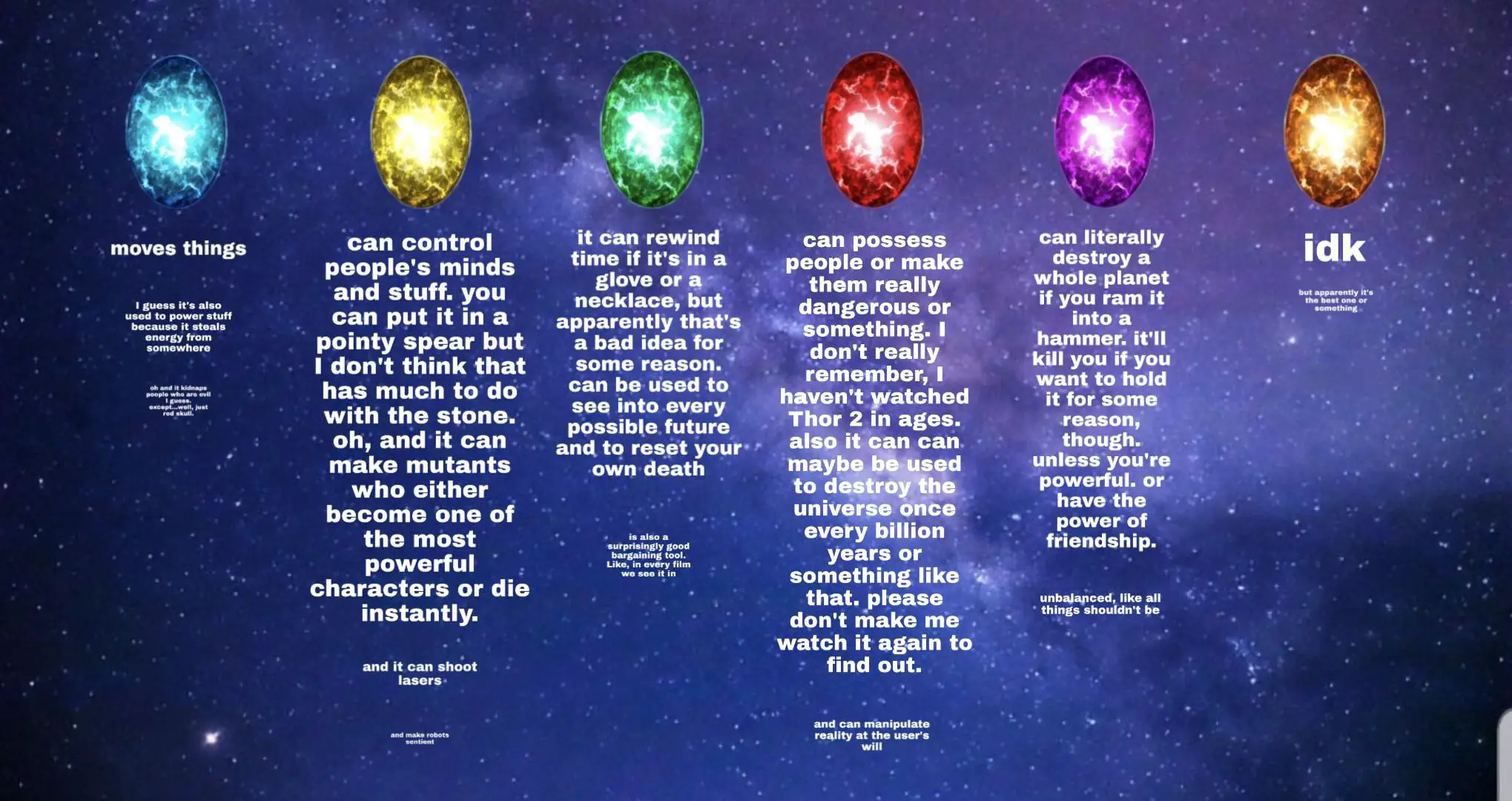
Photo: Reddit/Korg
Virtually every major MCU superhero had taken a crack at Thanos, but they’d failed miserably. Well, Thor succeeded, but he aimed for the wrong spot.
Anyway, the MCU needed to introduce someone new, a superhero strong enough to slug it out with Thanos and his fashionably bejeweled glove.
The story of Captain Marvel unfolded during the 1990s, and the timeframe allowed Marvel to meet its goal.
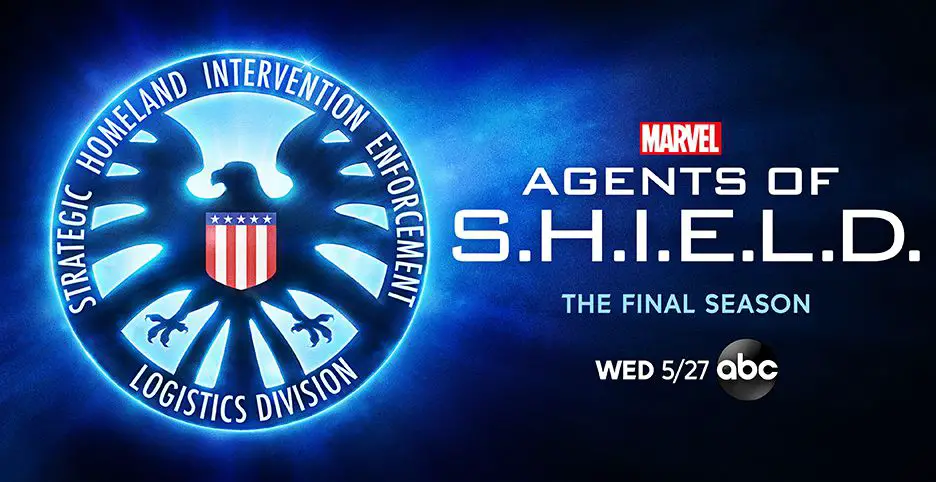
A quarter-century ago, back when Blockbuster Videos were still a thing, two (very familiar) Agents of S.H.I.E.L.D. encountered an alien who thought she was human.
Or maybe they had the situation backward? Either way, Danvers looked like the rest of us, but she proved herself as the strongest being in the galaxy.
Marvel played with the timeline here, as the credits scene for Infinity War came before Captain Marvel.
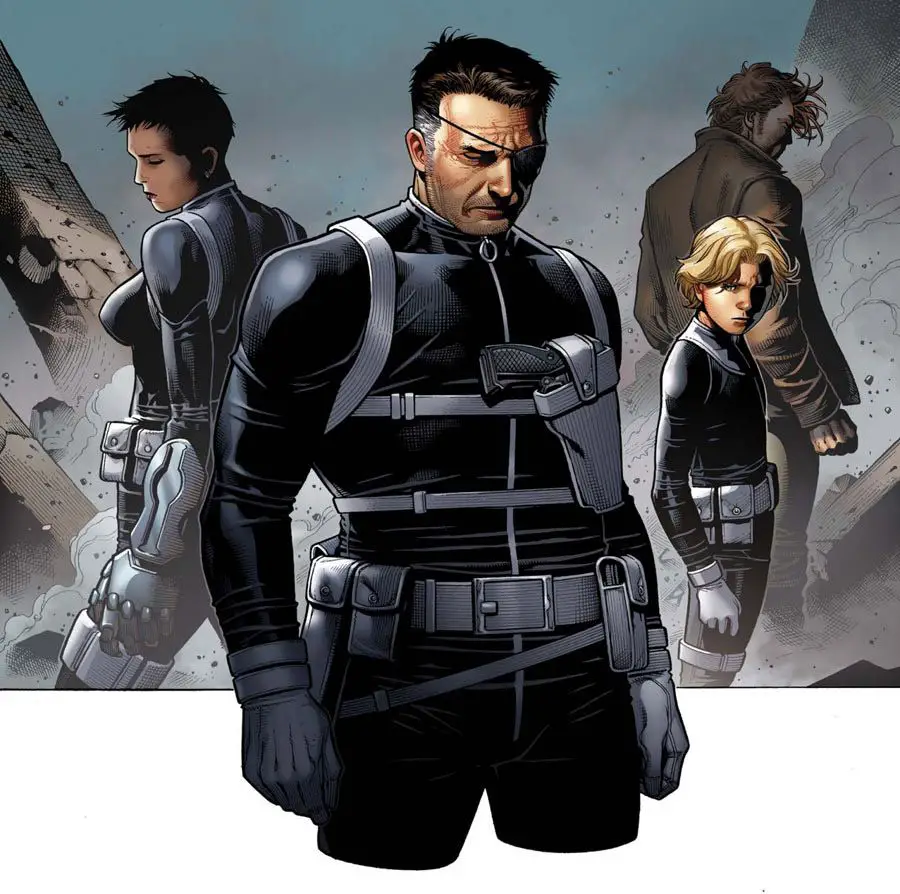
However, to Nick Fury, Carol Danvers had been his first unofficial Avengers Initiative recruit back in the 1990s.
When Fury signaled Danvers just before he turned to dust, he set in motion the events that would lead to Thanos’ undoing.
Audiences wouldn’t understand why until Captain Marvel came out, though. Nobody knew her powers until then.
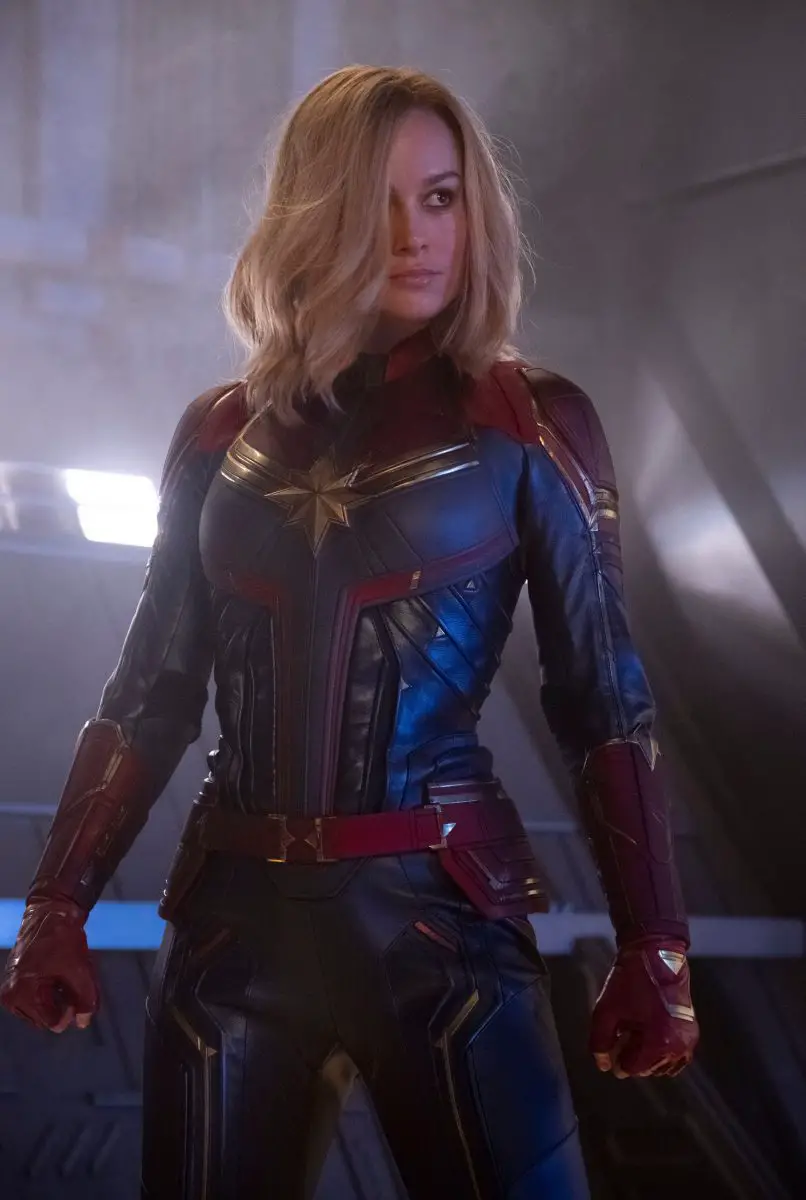
Photo: Disney/Marvel/Kobal/Shutterstock
A Marvel-ous Success
So, Marvel moved the pieces around the board in multiple dimensions, even tweaking the timeline to fit.
With so much interest built up for the character, Captain Marvel’s financial triumph felt almost anticlimactic.
The film grossed $1.128 billion, making it one of the most successful superhero origin stories ever.

Photo: Pinterest/DeviantArt
Critics weren’t as adoring as they are for most Marvel movies. Its Rotten Tomatoes score of 78 percent is high for the average film but ordinary in the MCU.
Even better, it’s A Cinemascore indicated that audiences loved their first female-fronted MCU movie.
Most importantly, Captain Marvel ordered the dominos in a way that they would topple on top of Thanos, leading to his oh-so-satisfying demise.
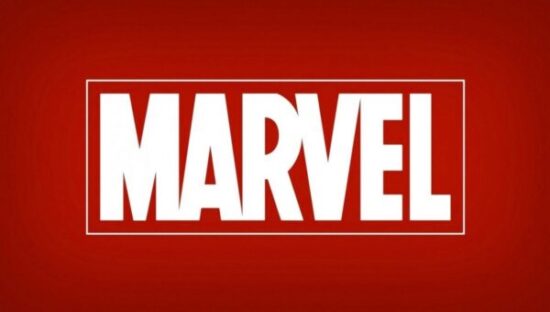
That’s what we’ll talk about in the tenth edition of History of the MCU.


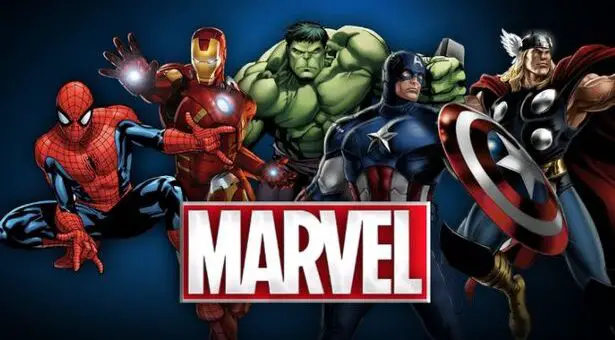
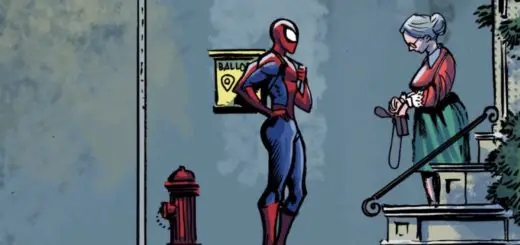
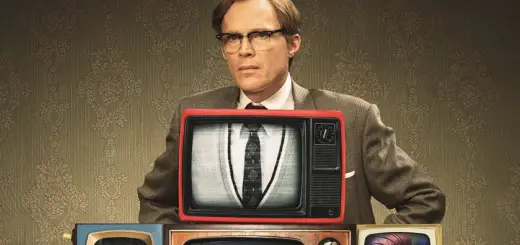
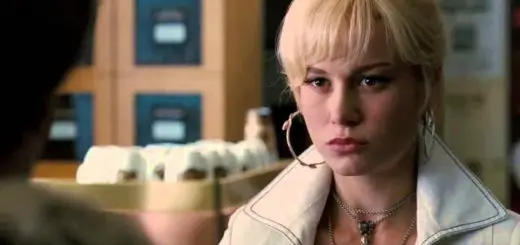




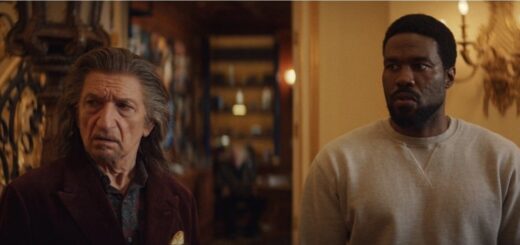
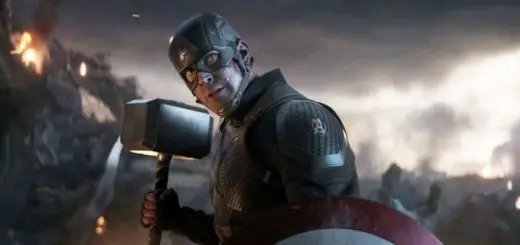
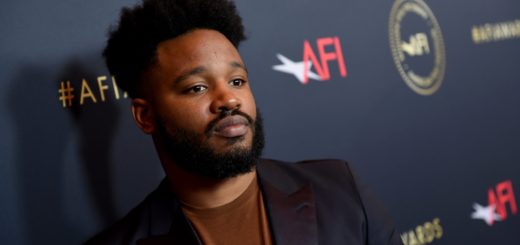
2 Responses
[…] talked about the specifics in Part Nine, but it’s important to remember how much Marvel left up for […]
[…] check out the Thanos inspired basketball chain that made headlines just last […]